
Author Alfred Miller (a.k.a. Sparse Grey Hackle) once said,
"Soon after I embraced the sport of angling I became convinced that I should never be able to enjoy it if I had to rely on the cooperation of the fish."
That is to say, we can’t control our target when we’re fishing. As we all know, sometimes they’re willing to dance and sometimes they’re completely unwilling to dance and that’s why fishing is fishing. But, it’s our job as anglers to meet them in the middle. If we’re not setting ourselves up for success, even the most cooperative of fish will remain uncaught.
In our mind, probably the most effective way to meet most trout species halfway is by achieving the perfect drift. You may be thinking, “Didn’t they already write an entire article about mending and isn’t that sort of the same thing?” We did write an article on mending, but that’s just a small part of the equation for achieving the perfect drift and we’re here today to talk about the rest of it—before, during, and after your fly hits the water.
Here are five reasons your drift isn’t fooling anyone.
The Wrong Rod
Before you ever toss a fly in the water, you need to be sure that you have the right tools for the job. More often than not, anglers are setting themselves up for failure before they have a chance to drift a tasty morsel in front of that hungry rainbow trout. For starters, you need to decide what type of rig you’re going to throw — basic nymph rig, dry fly, streamer, dry-dropper, euronymphing rig, et al — and choose a rod that is going to work.
In general, short and soft rods, like our Revival series, are great for tossing dry flies and can definitely handle throwing a dry-dropper setup. But, if you’re going to be mending deep nymphs or streamers, then you need a rod with a firmer tip, like our Vesper, Drifter, or Midnight Special. And, you’ll probably want to go with at least a four-weight or five-weight rod for mending and lifting heavy setups out of the water. With a longer, stiffer rod, you’ll be able to control the line more effectively without dragging your weighted flies through the water and messing up your drift.
Unintentional Tippet
Another thing to consider is your leader and tippet. If your whole system is too long (more than nine feet, unless you’re euronymphing), your flies will most likely swirl up in the current and potentially get tangled. Alternatively, if your rig is too short (under seven feet, unless you're streamer fishing), then you’ll get an awkward and unnatural drift because your flies will be pulling on each other in the water.
Also, You also need to consider the weight of your tippet. A common mistake we see anglers making is going as light as possible, even as light as 6x or 7x, in swift water, which will result in tangles and lost fish/flies. But, you also don’t want to go too heavy on dead drifts. If you’re using a 3x tippet or larger, then the tippet’s stiffness will create an unnatural drift, basically holding the flies in place.
Ignoring Your Stance
A good stance and strategy for casting is the foundation for a good drift. Before you begin fishing, think about how you’ll be casting, how your body will be positioned while you’re drifting your fly, and how the water will affect both of those factors. Even something as simple as establishing solid footing will help you achieve a better drift because you’ll spend more time adjusting your line and less time stumbling in the river.
But, also think about the current in relation to your position. For instance, casting directly upstream, it can be difficult to strip your line quickly enough, so try positioning yourself to cast diagonally or across currents, which is easier to manage. And, don’t forget to try positioning yourself to cast downstream, either diagonally or directly. Especially in slow to medium currents, you can achieve a very effective drift by feeding out line instead of picking up slack.
Regardless, make sure you’re set up to manage your drift comfortably. The more you have to contort your torso or reach over currents/obstacles, the more you’ll be pulling on your flies as they move through the water.
Messing Up the Weight
Most anglers primarily think about depth when they’re adding weight (like split-shot) to their flies, but that weight will also affect your drift as well. We do think depth should get priority in the laundry list of factors, but you also need to think about how different types of aquatic insect species exist in the water column.
Think of it this way: in most cases, nymphs didn’t get to the bottom or middle of the water column because they sank to that depth. In fact, they’re generally on their way up. So, if you’re piling on weight to get your flies down, but they’ll slowly be rolling along the bottom, you’re not really mimicking the correct action. Ideally, they’ll be at the accurate depth and moving at an appropriate rate with the current.
It’s all about finding a balance, and it can’t always be perfect, but you want to keep it in mind. Especially in slower currents like deep pools, try to get just enough weight to keep your flies deep without bogging them down. You want flies to have that natural swirl and dance, which too much weight can kill pretty quickly. On other hand, having too little weight will cause your lowest fly to simply get dragged downstream by either your top fly or indicator, which never looks good.
A good strategy is to start small and build up. As we said, it can’t always be perfect and sometimes you may have to make sacrifices to get your flies at the right depth, but it should definitely be part of your strategy.
Not Being Proactive
The hardest part of this whole process is simply being willing to make adjustments. As anglers, we all fall into the trap of thinking that fishing is all about casting, drifting, and setting the hook, but we need to recognize that cutting, retying, repositioning, and strategizing are just as important as anything that happens in the water.
So, take the time to change if you’re not getting a good drift. You may have the perfect flies tied on, but it won’t matter if they don’t look like a realistic source of food to even the hungriest of trout. If you’re staring at “the perfect” pool, but can’t get a good drift, then move! Or, if you’re unsure if your rig is going to be moving at the right depth or you think your tippet may be too short, then test it out in a section of water that mimics the area where the trout will be feeding to see how it will actually look. Every moment you spend strategizing and testing and examining your setup will pay off in more fish and less frustration when you actually have your line in the water.
We’d highly recommend reading our article, “How to Mend Your Fly Line Like a Pro” to round out the perfect drift. As we said before, these steps are only half of the equation and there’s an art to mending that takes time and attention, so don’t ignore it. In the meantime, take these guidelines to heart and don’t let your drift be a drag.


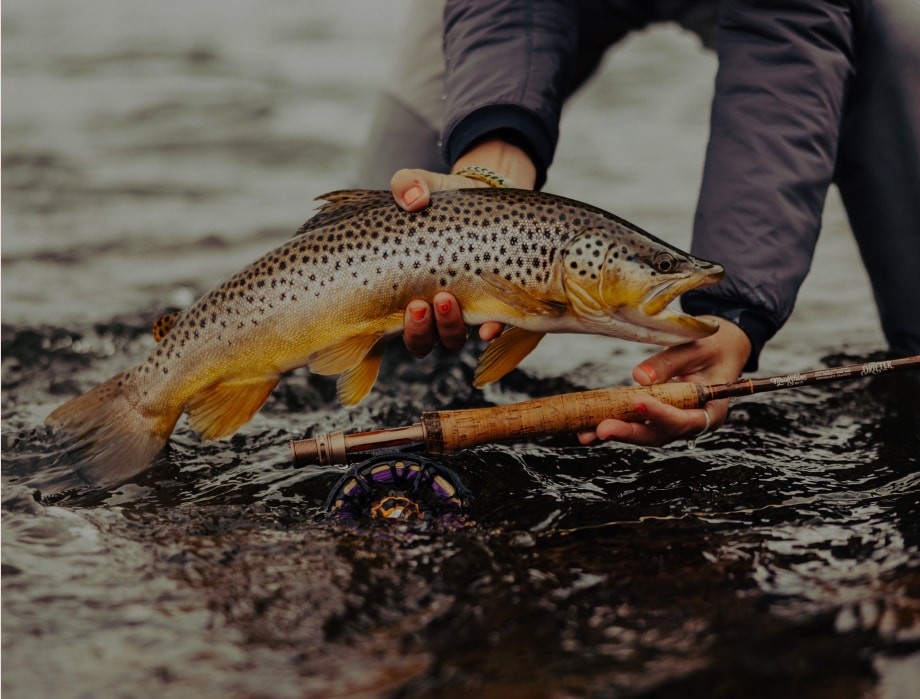
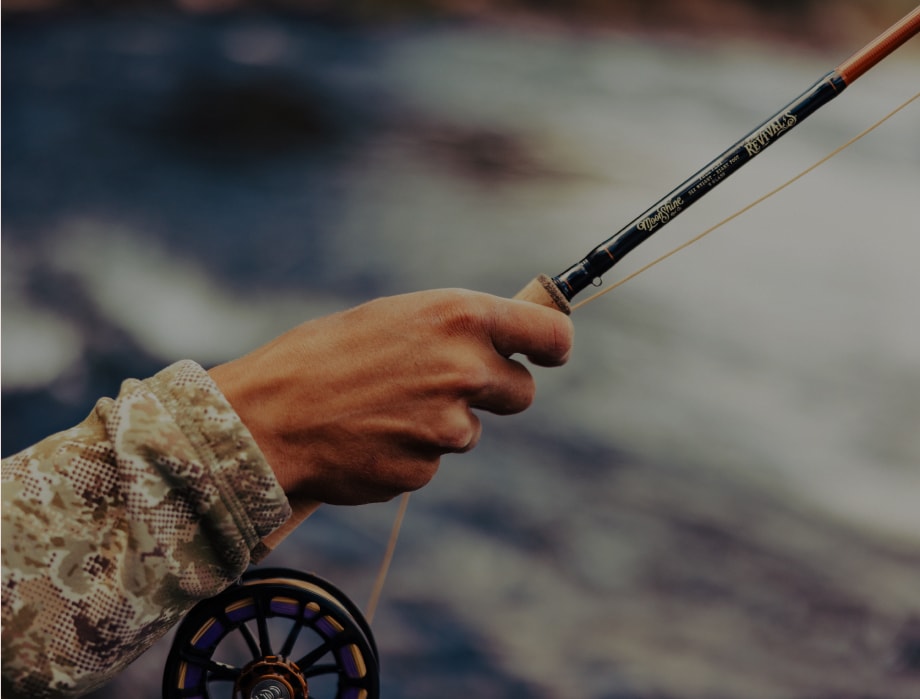
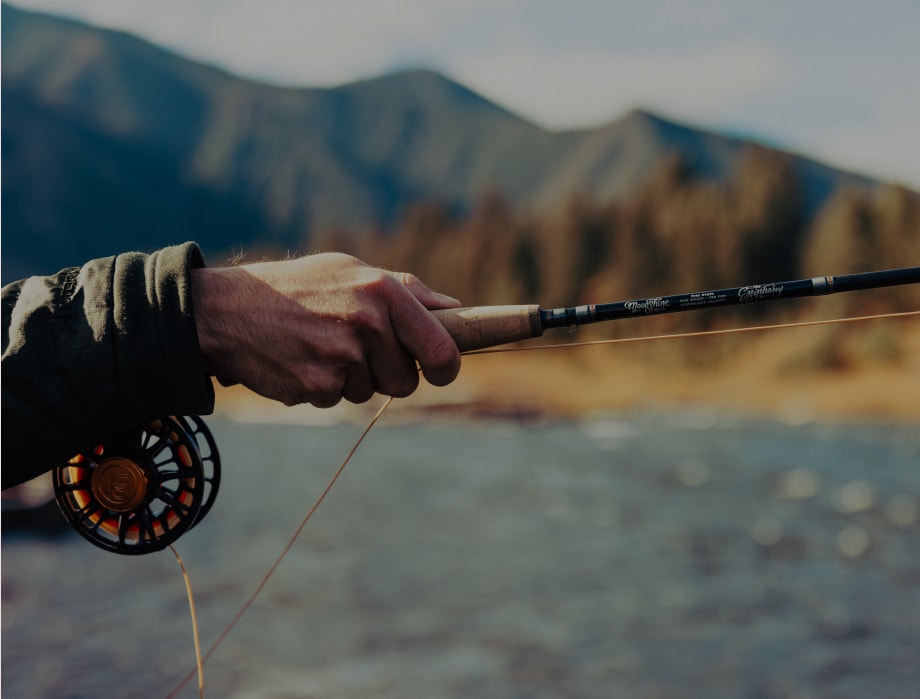
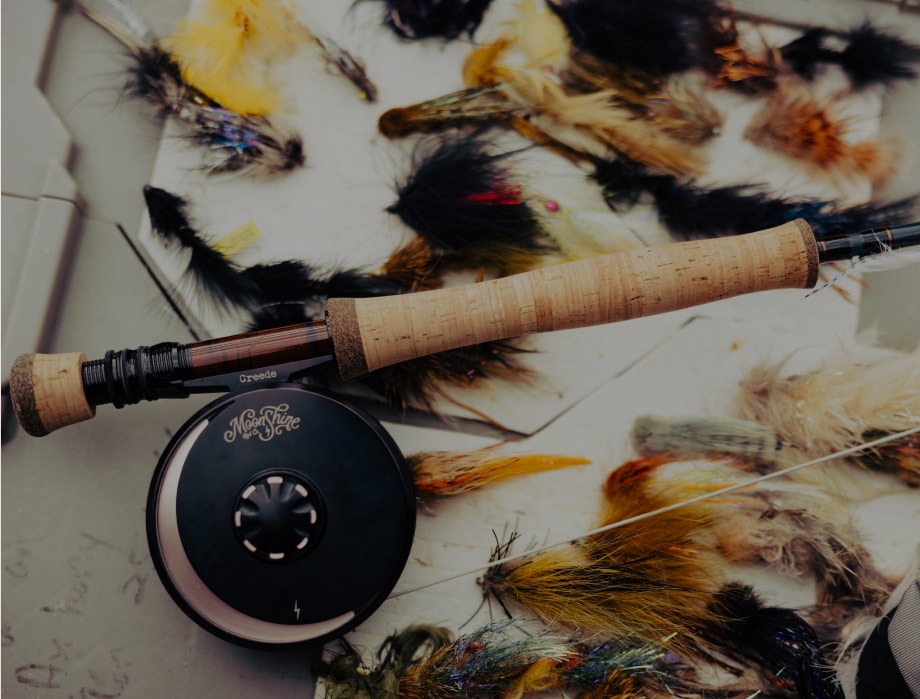
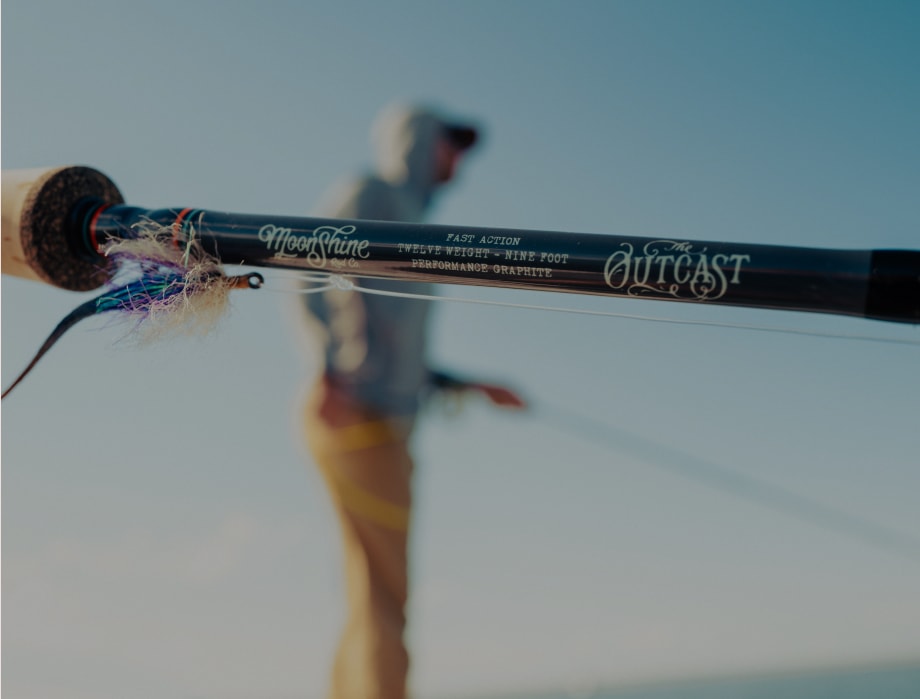
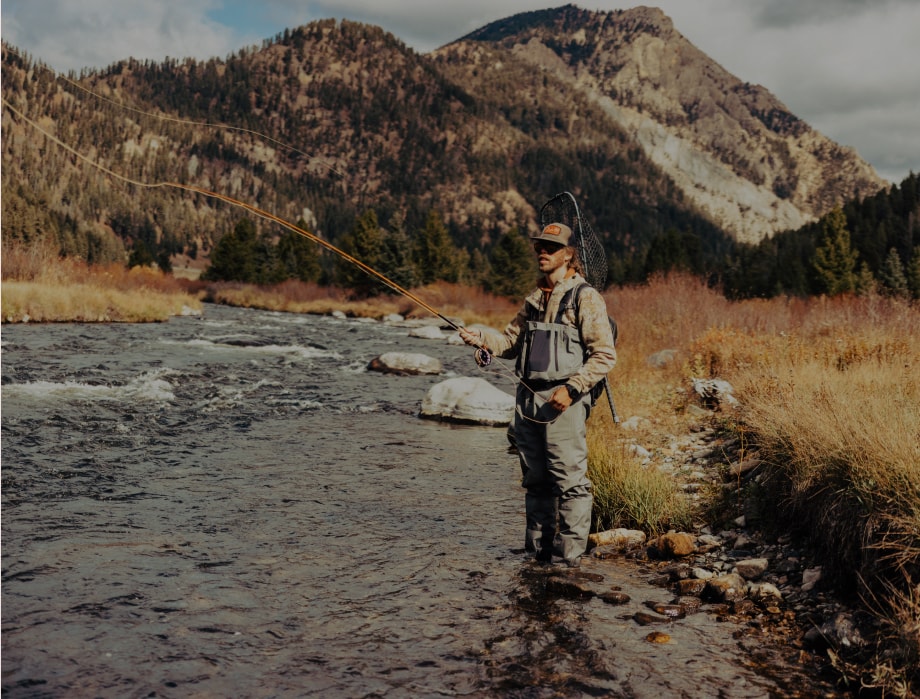
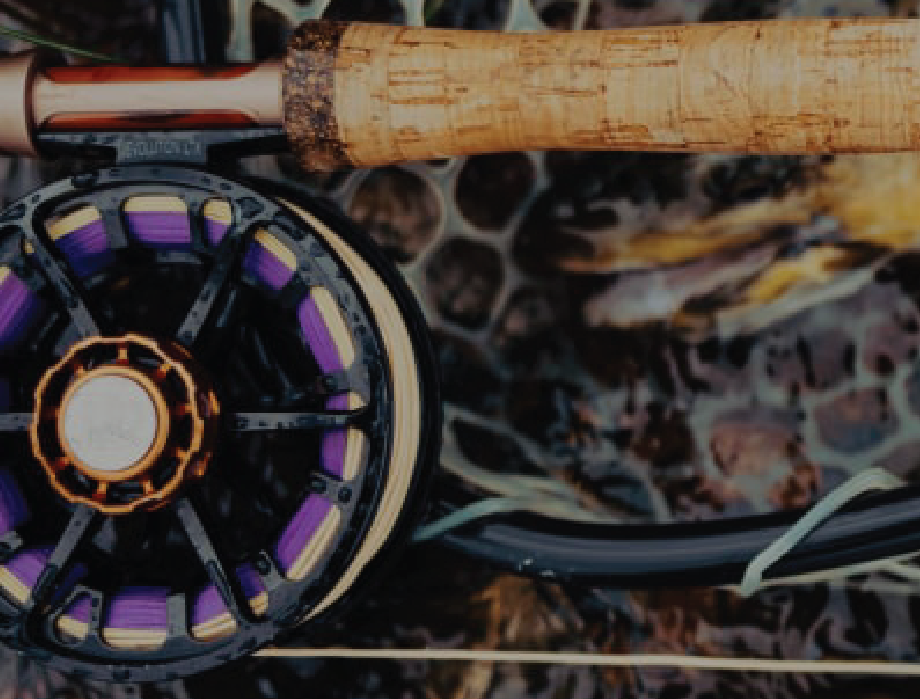
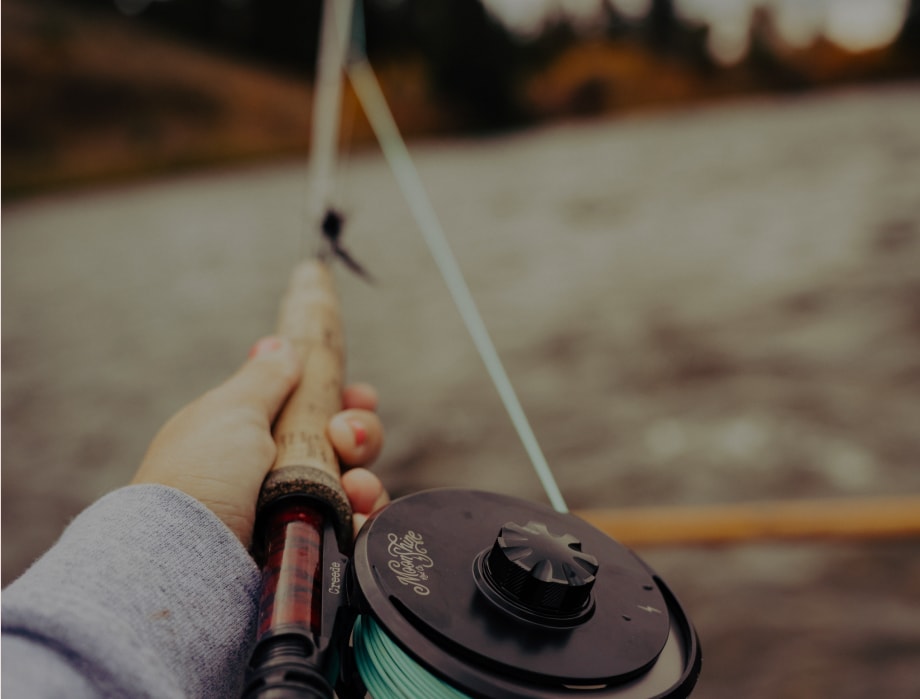




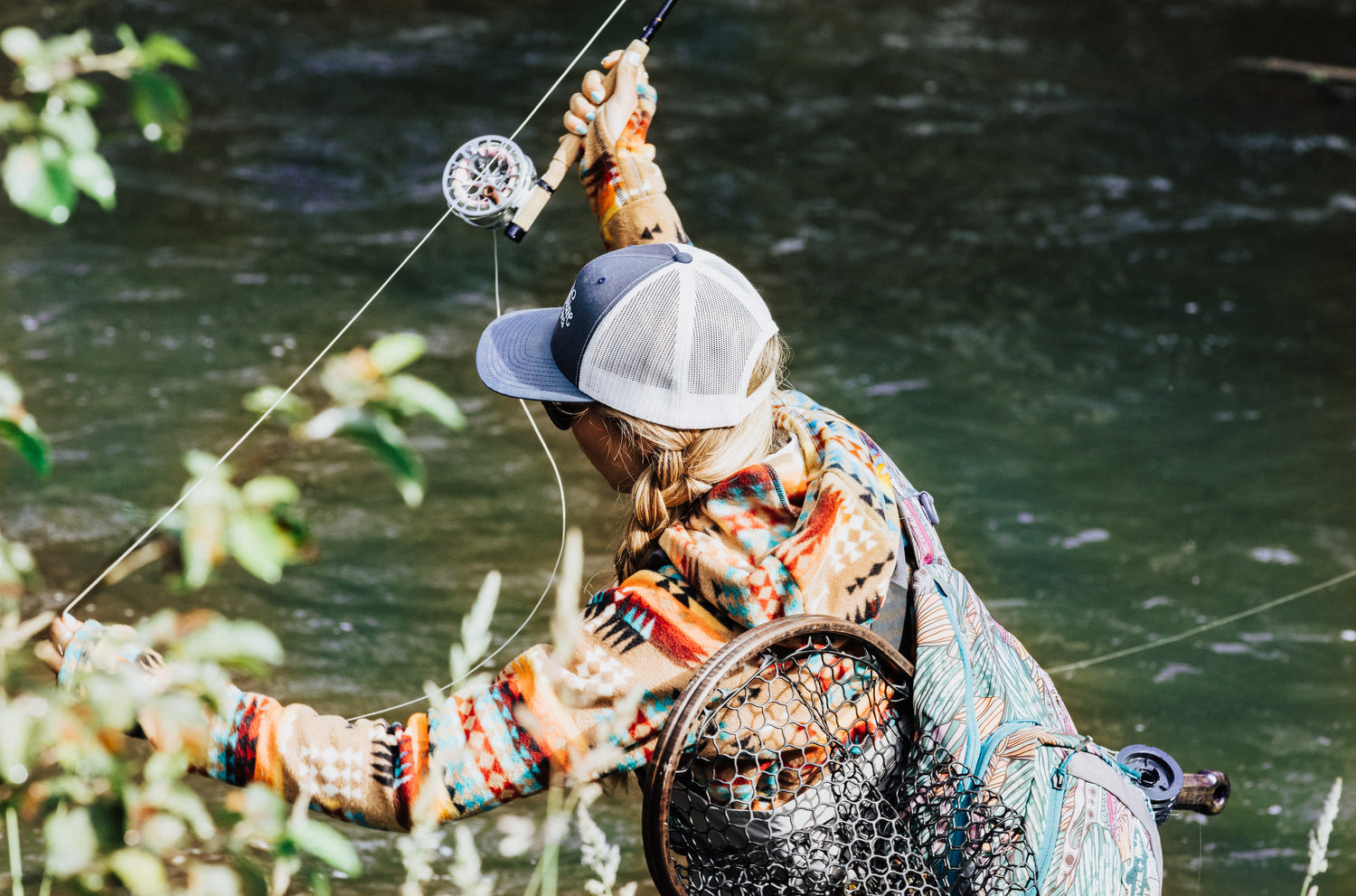
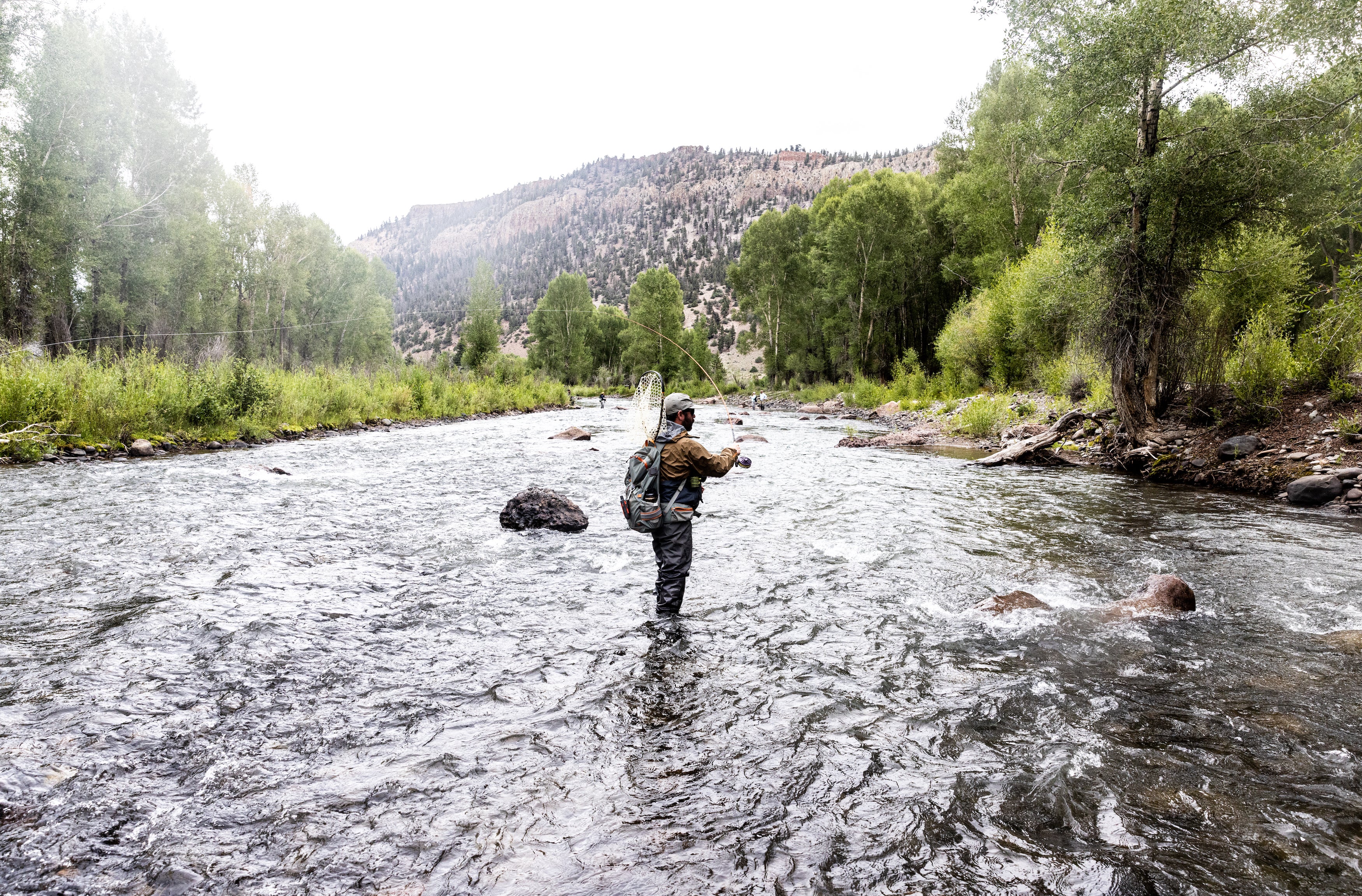
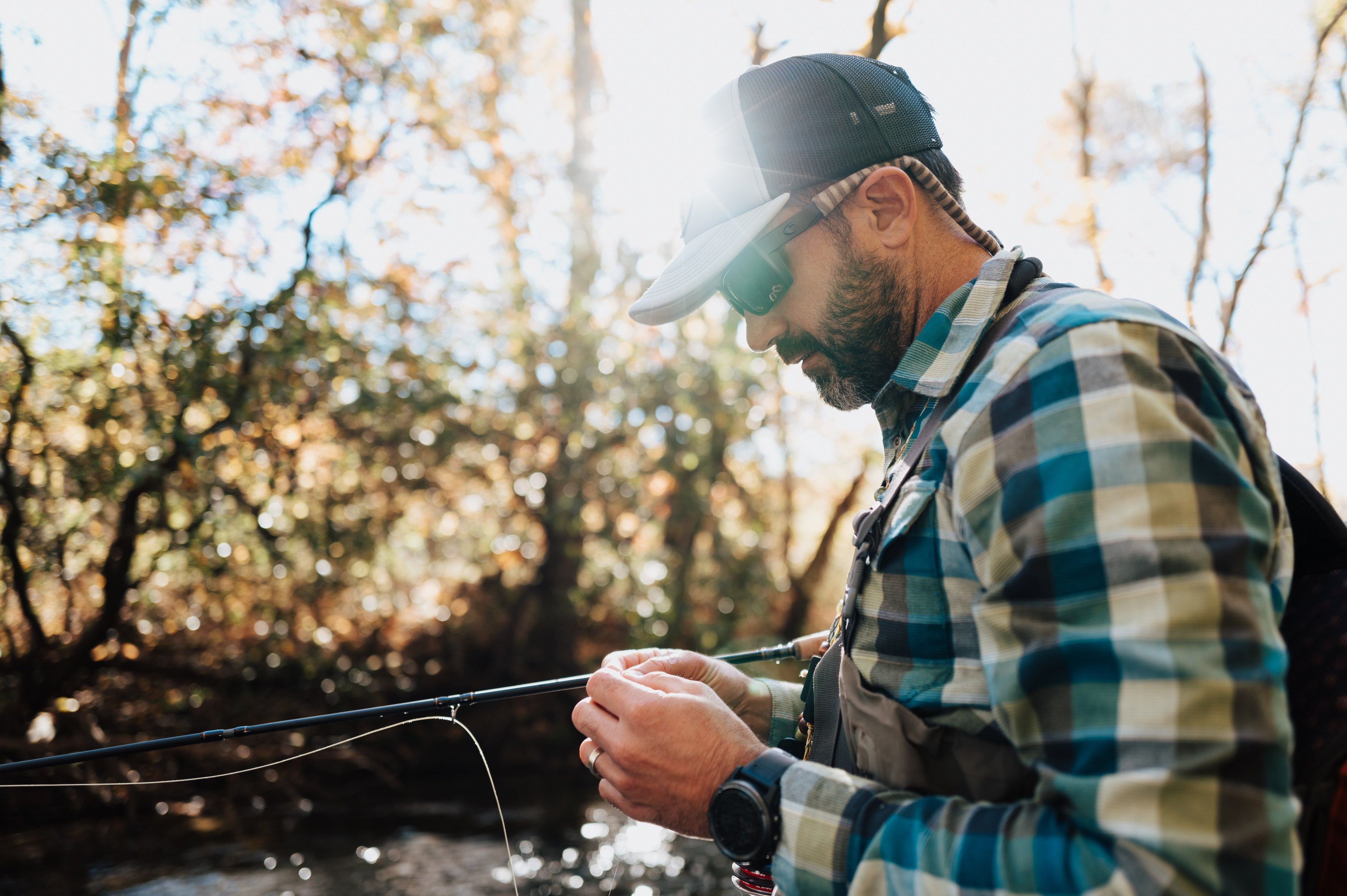
2 comments
Mark Pavelchik
Interesting article & findings,wouldn’t drop shot Nymphing resolve a lot of these issues & variables ? Look forward to your reply.
Regards,
Michael DiGiampaolo
Always Appreciate Your Tips! Always Helpful & Informative! Stay Safe, God Bless You All! Semper Fi!
Leave a comment
All comments are moderated before being published.
This site is protected by reCAPTCHA and the Google Privacy Policy and Terms of Service apply.